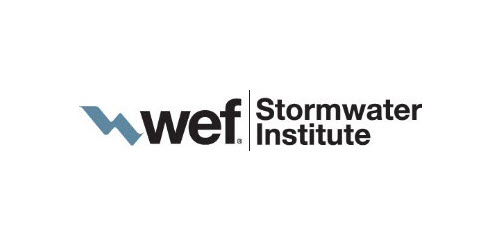On Jan. 13, the U.S. Environmental Protection Agency (EPA) released a survey showing that $271 billion is needed to maintain and improve the nation’s clean water infrastructure. This includes wastewater and stormwater infrastructure as well as collection systems. EPA reports that $48 billion is needed to correct combined sewer overflows, and another $19.2 billion is needed to plan and implement structural and nonstructural stormwater control measures.
Nearly half of the funding needed for stormwater management is for stormwater conveyance while about a third is for traditional infrastructure, such as wet and dry ponds. States reported that $2.8 billion is needed for green infrastructure, and $1.5 billion would be used for general stormwater management, including street sweeping, educational programs, and asset management.
However, stormwater management needs are underreported.
Compared to 2008 data, the dollars needed for stormwater management dropped 60% — from $28.7 billion to $19.2 billion. The survey is a collaboration between EPA and the states that relies on self-reporting of unmet needs. However, states reporting stormwater needs decreased by seven, with only 35 states participating in the 2012 survey. According to EPA, data is reported only for 21% of municipal separate storm sewer system facilities, and the agency continues to experience challenges in fully documenting stormwater management needs nationwide.
In some cases, the lack of reporting results from the difficulty of meeting the survey documentation criteria. To be added to the survey, projects must include description and location of a water quality-related public health problem, a site-specific solution, and detailed cost information.
Existing EPA funding sources
Funding is a primary challenge facing a sustainable stormwater sector. To help meet that challenge, EPA launched the Water Infrastructure and Resiliency Finance Center in January 2015. Through the center, EPA is working with states and communities to identify innovative financing strategies for drinking water, wastewater, and stormwater infrastructure. The center recently selected regional Environmental Finance Centers to help communities across the country develop sustainable “how-to-pay” solutions to meet environmental goals. This financial expertise and technical assistance helps communities make informed funding decisions for resilient infrastructure projects that best meet local needs.
In addition, EPA offers financial assistance through the Clean Water State Revolving Fund (CWSRF). The CWSRF has provided more than $111 billion in low-interest loans since its inception in 1987, with $5.8 billion in fiscal year 2015 alone. While wastewater projects have traditionally received the bulk of these funds, the contribution to stormwater infrastructure is growing.






